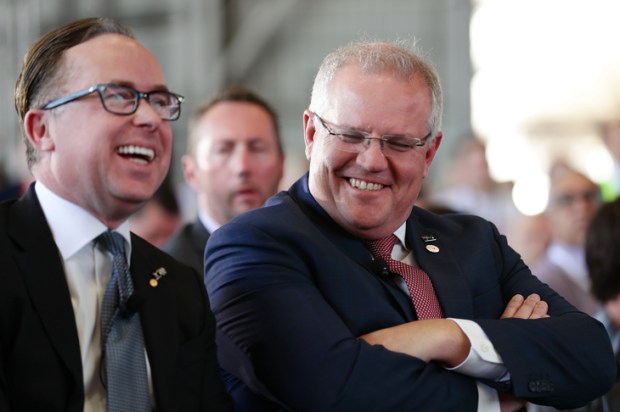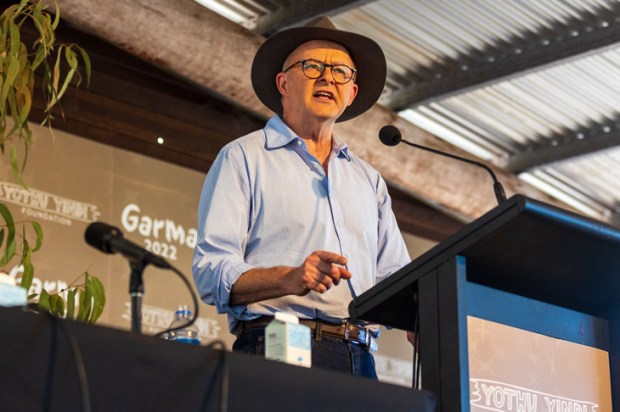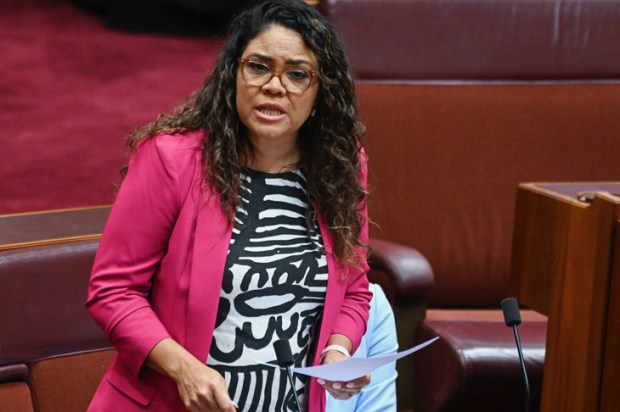Why on earth are we stopping people who want to work from working?
I used to work at a community newspaper where I met some pretty interesting characters. One of the particularly eccentric ones, among a group of older workers who came in to fold newspapers on distribution day, used to pack up her things at odd times long before her colleagues. She was a pensioner and, as I later found out, beholden to a strange set of rules that punish such Australians for choosing to work.
She had calculated to the minute how much work she could do before falling foul of the government and having her Age Pension withdrawn. Some may see this as an enterprising way to minimise work and maximise taxpayer-provided benefits. But let’s be clear: she was willing and able to work more, but the pension settings created such a powerful disincentive that it wasn’t worth her while to stay at work a moment longer.
This disincentive is created by the Work Bonus, which allows Age Pension recipients to earn up to $480 per fortnight without having their pension affected. Once they exceed this, their pension is withdrawn at a rate of 50 cents for each $1 earned, and on top of this they are subject to income tax. Working pensioners can quickly face effective marginal tax rates of 69 per cent, which is why many like my old colleague choose not to work any more even though they might be desperate for the extra money.
Who would bother going to work to walk away with less than a third of the income they should have earned?
Who indeed. In Australia, just 2.9 per cent of Age Pension recipients, or around 75,000 pensioners, bother to work. In New Zealand, where pensioners just pay income tax on any money they earn through work without having their pension withdrawn, almost 25 per cent of this cohort work. If Australia were to reach this New Zealand rate, we’d see an additional 575,000 working pensioners.
This might appear to some to be a niche policy problem, but it is actually one of the most significant challenges Australians will face in coming decades. Aside from the fact that Australia’s old-age relative income poverty rate is much higher than our OECD counterparts, at around 23 per cent compared with an average of 14 per cent, it has long been acknowledged that aging populations create significant issues for the Budget and sustainability of public pension systems.
Treasury’s 2021 Intergenerational Report (IGR) set out some of these challenges. It estimates that the proportion of Australians aged 65 and over will increase from 16 per cent in 2019-20 to 23 per cent in 2060-61. As the share of older Australians increases, it makes it relatively more difficult to provide public pensions. As the Treasury report highlighted, in 1981-82 there were 6.6 working-age people for every Australian aged 65 and over. By 2019-20 this had declined to 4, and it is expected to fall even further to 2.7 by 2060-61. To put these numbers into perspective, between 1988 and 2018 the annual cost of social security spending on the aged per worker increased from $1,822 to $5,238, measured in 2018 dollars.
This cost will only increase further and push an ever-increasing burden onto future workers, the very same workers who have already been saddled with the highest level of government debt seen in peacetime.
Structural reform is long overdue. The only mechanism for addressing this challenge has been the introduction of compulsory superannuation, but it has failed miserably as a public policy. Each year the federal government dishes out $36 billion in tax concessions through superannuation to save only around $9 billion in Age Pension outlays.
The IGR acknowledges that over the next 40 years this will continue to be a problem. It highlights that the ‘projected combined total of Age and Service Pension expenditure and superannuation tax concessions is estimated to grow from around 4.5 per cent of GDP in 2020-21 to 5.0 per cent of GDP in 2060-61’.
But it’s not just the Age Pension that is adding structural pressure to the Budget. As the IGR notes, taxpayer-funded healthcare spending on the elderly is likely to blow out further in coming years and decades, and ‘as the population continues to age and adds pressure to the budget, government policy will need to adapt and foster economic growth to overcome these fiscal challenges’.
Perhaps the single best option for tackling these issues is to provide an unlimited Work Bonus which would allow pensioners to earn as much as they want from work and just pay income tax on that income like everyone else. This is not to suggest a universal pension – eligibility would still be subject to an assets test – but to remove the punishing disincentives to work currently faced by pensioners.
Getting more pensioners to work is the only way of defusing the massive fiscal pressures currently building up. Under current policy settings, the government doesn’t actually have a forecast, let alone a plan, for when debt will be paid off. The Institute of Public Affairs estimated in October 2020 government debt would not be reduced to zero until after 2080, but even that predication is looking increasingly optimistic as time goes on.
Providing an unlimited Work Bonus has the potential to address one of the biggest recurrent contributors to this problem. It will give greater freedom and prosperity to pensioners who choose to work, it will increase revenue from the tax on additional income earned and it provides a path to reduced healthcare expenditure by enabling more pensioners to access private health insurance.
The 2019 election and the issue of franking credits showed what a powerful political force elderly Australians can be. The party that chooses to reform the pension could be greatly rewarded. That it could also bolster their credentials as being fiscally responsible, which appears to be slowly coming back into vogue, is just a happy coincidence.
Got something to add? Join the discussion and comment below.
Get 10 issues for just $10
Subscribe to The Spectator Australia today for the next 10 magazine issues, plus full online access, for just $10.
Cian Hussey is an Adjunct Fellow at the Institute of Public Affairs
You might disagree with half of it, but you’ll enjoy reading all of it. Try your first month for free, then just $2 a week for the remainder of your first year.














Comments
Don't miss out
Join the conversation with other Spectator Australia readers. Subscribe to leave a comment.
SUBSCRIBEAlready a subscriber? Log in